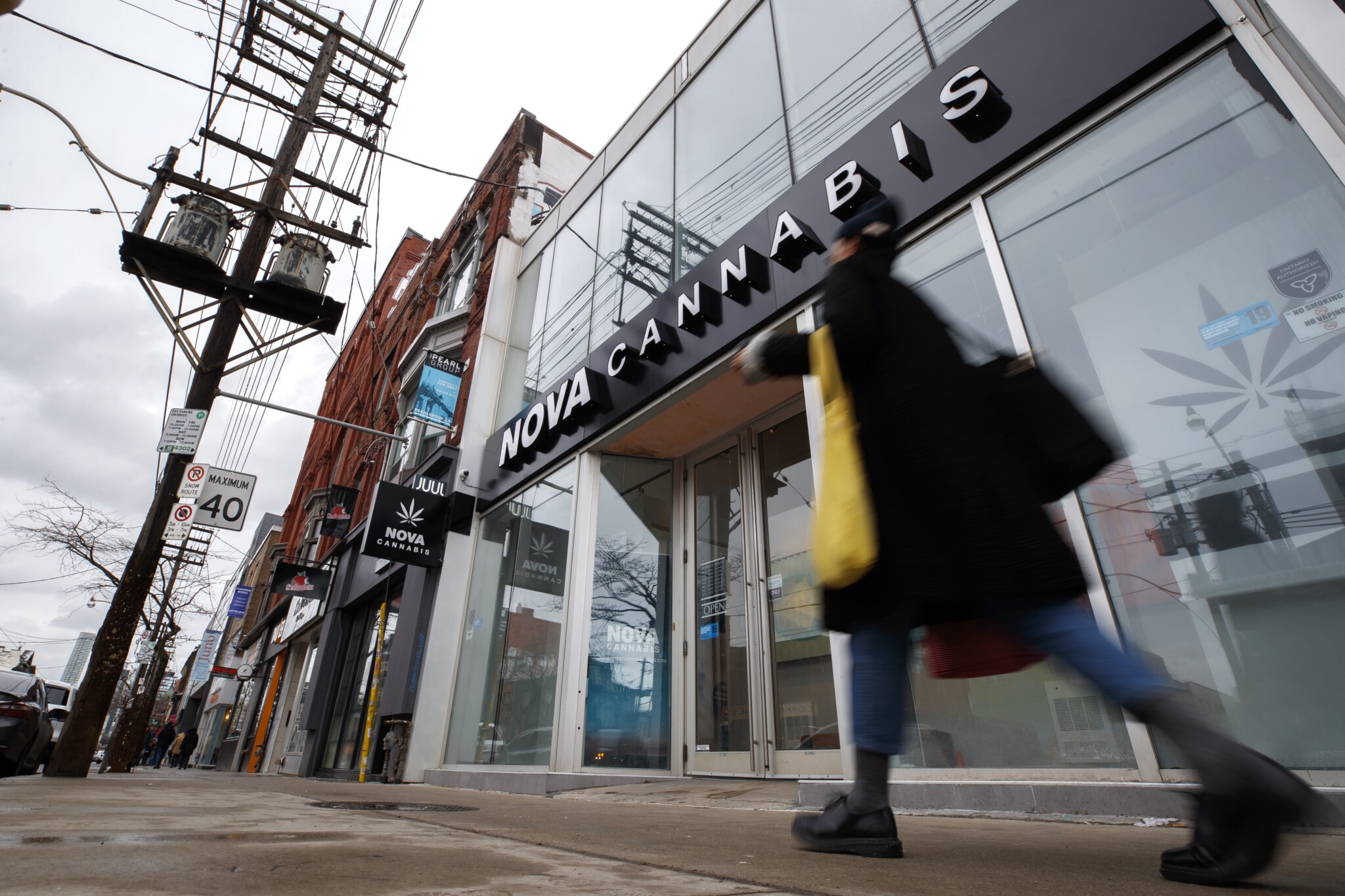Building “One Canadian Economy” should mean supporting both traditional industries and emerging ones with global potential. Yet Budget 2025 ignored Canada’s legal cannabis sector, a sector that has proven its economic value, strengthened rural and regional economies, and created tens of thousands of jobs. There was no movement on excise duty reform, no action toward a single national excise stamp despite a commitment in last year’s fall economic statement, and no national cannabis export strategy, despite a global market expected to exceed $140 billion CAD.
Put plainly: The disengagement and lingering stigma among policymakers are not only outdated, they are actively costing Canada jobs, investment, and global leadership.
In 2018, Canada made history as the first major country to legalize cannabis. But without urgent reform, we will lose our advantage. We are already seeing shuttered facilities, lost jobs, insolvencies, capital flight, and a legal market struggling under a regulatory and tax burden that treats the sector as a risky social experiment. Indeed, the success of legalization cannot be measured solely by the decision to legalize, but by whether government built a supportive environment for the legal industry to stand on its own and thrive. On that measure, Ottawa is failing.
Since legalization, the legal cannabis sector has contributed over $76 billion to GDP and, in 2024, even under an unfavourable tax and regulatory regime, it generated $29 billion in economic output, $16 billion in direct GDP, and supported over 227,000 jobs. That $16 billion direct GDP contribution exceeds traditional sectors routinely celebrated by federal policymakers, such as forestry, breweries, aquaculture, and wineries. However, delivering results despite policy barriers is not the same as being able to grow under them. If Ottawa continues to do nothing, these gains will erode. The tension is unsustainable: You cannot legislate a legal industry into existence and then refuse to steward its success.
Public opinion is also on the side of reform. In addition to finding that 35 percent of Canadians consumed cannabis in the past six months—further proof it is mainstream—Abacus Data found that 58 percent want the government to make it easier for the sector to grow and compete while 59 percent want rules updated to boost jobs and innovation. Canadians have granted policymakers the social license for positive reform.
Yet, despite public support, federal rules have failed to evolve.
The current excise regime was designed in 2018 on the assumption that legal cannabis would retail at $10 per gram or more, with a tax set at the greater of $1/gram or 10 percent of the sale price. However, with average retail prices now closer to $3 per gram, that $1 minimum has become a punitive floor, resulting in effective tax rates of 30 percent to 35 percent, which is up to 12 times higher than wine and six times higher than beer. Producers remit excise before being paid, creating crippling cash-flow pressure.
Compounding the challenge, the province-specific excise stamp system costs the industry over $100 million annually and functions as an interprovincial trade barrier. Provinces like Ontario and New Brunswick have already pushed for federal action. Ottawa should act by eliminating the $1-per-gram minimum excise tax rate in favour of the 10 percent model and adopt a single national excise stamp to reduce waste and streamline the movement of products.
Excise reform is part of what’s needed. Cannabis is not only advanced manufacturing and processing, but also modern agriculture. Federal policy must reflect that.
In New Brunswick, cannabis is now the most valuable crop in the province, surpassing potatoes and dairy and representing 36 percent of all crop receipts. Nationally, cannabis generated $2.7 billion in farm cash receipts in 2024, placing it among Canada’s top agricultural commodities. This is not theoretical: Facilities like Organigram’s in Moncton are highly automated, precision-controlled agricultural environments with advanced agri-tech capabilities—exactly the kind of infrastructure Canada needs to lead in high-value crops and controlled-environment agriculture.
Accordingly, cannabis policy and regulation must move from Health Canada to Agriculture and Agri-Food Canada—a model already adopted in British Columbia—and integrated into national agri-food policy, innovation funding, trade initiatives, and regional development strategies. We cannot build a future-ready agriculture industry while ignoring one of its most advanced components. In parallel, Canada should launch a national cannabis export strategy befitting a G7 leader in regulated agriculture and manufacturing.
Legal cannabis has earned its seat at the table. Canada led once and can lead again, but not if the One Canadian Economy vision leaves out a sector Canadians already support. If we are serious about building “Canada Strong,” cannabis can’t be left on the sidelines.
Is Canada's current cannabis tax structure hindering its global advantage?
Should cannabis policy shift from Health Canada to Agriculture Canada?
What are the economic consequences of Ottawa's inaction on the cannabis sector?










